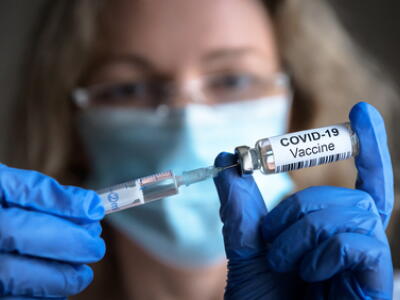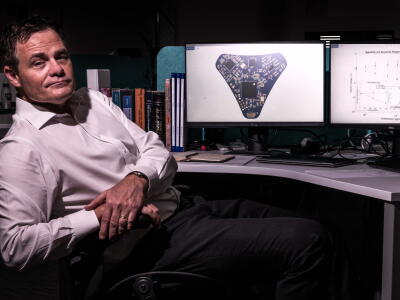ANU researchers test dissolving metal with potential to transform fracture treatments
By: Phillis Zeng
Posted on
Researchers at the Australian National University (ANU) are testing a new metal that could transform bone healing and fracture treatments.
The research, carried out in collaboration with Charles Sturt Veterinary Services, the Canberra Hospital and the veterinarian team at the ANU, involves testing a new magnesium-based metal, which could replace the conventional titanium material used in orthopaedic implants to realign and stabilise broken bones.
Unlike traditional materials, this new alloy is dissolvable and antibacterial, which means it could lower infection rates, simplify fracture treatments and reduce the need for further surgeries, says lead researcher, Dr Alexander Bobinskas.
Dr Bobinskas, from the ANU School of Medicine and Psychology and an oral and maxillofacial surgeon at the Canberra Hospital, says that while metal or polymer plates are commonly used to stabilise fractures, they often cause infection and require removal.
“Our lab tests have shown that a magnesium alloy, coated with gallium-strontium phosphate, could also encourage bone healing while reducing the risk of infection, meeting all our research goals.
Following the promising lab results, Dr Bobinskas’ team moved on to testing the biocompatibility of the material on sheep, due to their similar body size and physiology to humans.
The trial was led by Charles Sturt Veterinary Services and supported by ANU veterinarian Dr Jess McLeod. It involved comparing the new material with titanium implants in eight sheep, then carefully monitoring the animals for several weeks to assess the biocompatibility of the material and ensure there were no adverse effects.
“When animals are used in research, there are strict requirements regarding the provision of care, and as university vets we make sure that any research adheres to the 3 R’s principle – reduction, replacement and refinement,” says Dr McLeod. “This aims to first minimise the use of animals in research and ensure their welfare when they must be used.”
“We will test the tissue reactions and whether the bones are healing. We’ll also test their blood and check any kidney or liver problems or other issues with the material dissolving and circulating,” Dr Bobinskas says.
With results expected by December, the researchers are hoping to see the new alloy show good tissue reactions, lower infection rates, and faster bone healing, and eventually dissolve.
“If successful, it could bring about long-term socio-economic benefits in minimising the need for implant removal surgeries, lowering the risks and costs of fracture treatments, and reducing the burden on the healthcare system,” says Dr Bobinskas.
You may also like
Belonging can drive better pandemic health practices
A feeling of belonging, to their neighbourhood and to Australia is key to motivating people to adopt physical distancing and good hand hygiene behaviours during the COVID-19 pandemic new Australian…
Plant-based vaccines for COVID-19 closer with ANU help
An Australian plant may hold the key to rapidly producing vaccines for Ebola, COVID-19, influenza and other viruses as Australian National University researchers collaborate with Canadian…
WearOptimo's tiny tech gets a big boost
ANU innovation company WearOptimo is developing microwearable medical devices that could save lives.


